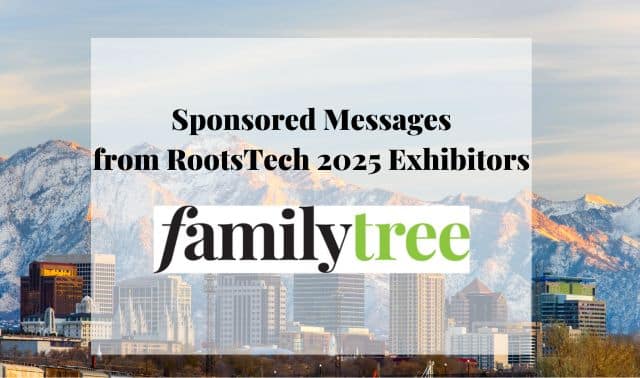The debate over Mormons’ posthumous baptisms of Holocaust victims flared up again last fall when the American Gathering of Holocaust Survivors (AGHS) held a press conference to present its claims the Church of Jesus Christ of Latter-day Saints (LDS church) has violated a 1995 agreement to cease such baptisms.
Helen Radkey, a researcher the AGHS hired, reported finding several thousand Holocaust victims in the LDS church’s databases of those submitted for proxy baptism, some as recent as last July. Genealogists around the world search for ancestors in the same databases via the church’s FamilySearch Web site.
Posthumous baptisms by proxy are central to Mormons’ faith because they allow families to be reunited in the afterlife. LDS members believe the dead can accept or refuse a baptism. “If our work for the dead is properly understood … it should not be a source of friction to anyone. It’s merely a freewill offering,” LDS leader Lance B. Wickman told the Associated Press.
But many Jews view the practice as disrespectful to those killed for their religious beliefs. “Baptism of a Jewish Holocaust victim and then merely removing that name from the database is just not acceptable,” said AGHS chairman Ernest Michel.
The church removed Jews’ names after the 1995 agreement, but said in November that since then, a few well-meaning members have “acted outside of policy” by submitting names of Holocaust victims.
The organizations met Nov. 3, but couldn’t reach a consensus—prompting AGHS to “turn to the court of public opinion,” Michel said. In a response, the church claimed AGHS refused to provide the list of baptized Holocaust victims or respond to proposals stemming from the meeting.
FamilySearch’s online family tree program being released to church members (it’ll eventually be publicly available), should help resolve the problem by discouraging mass submissions and separating names intended for baptism from those submitted for genealogical purposes.


